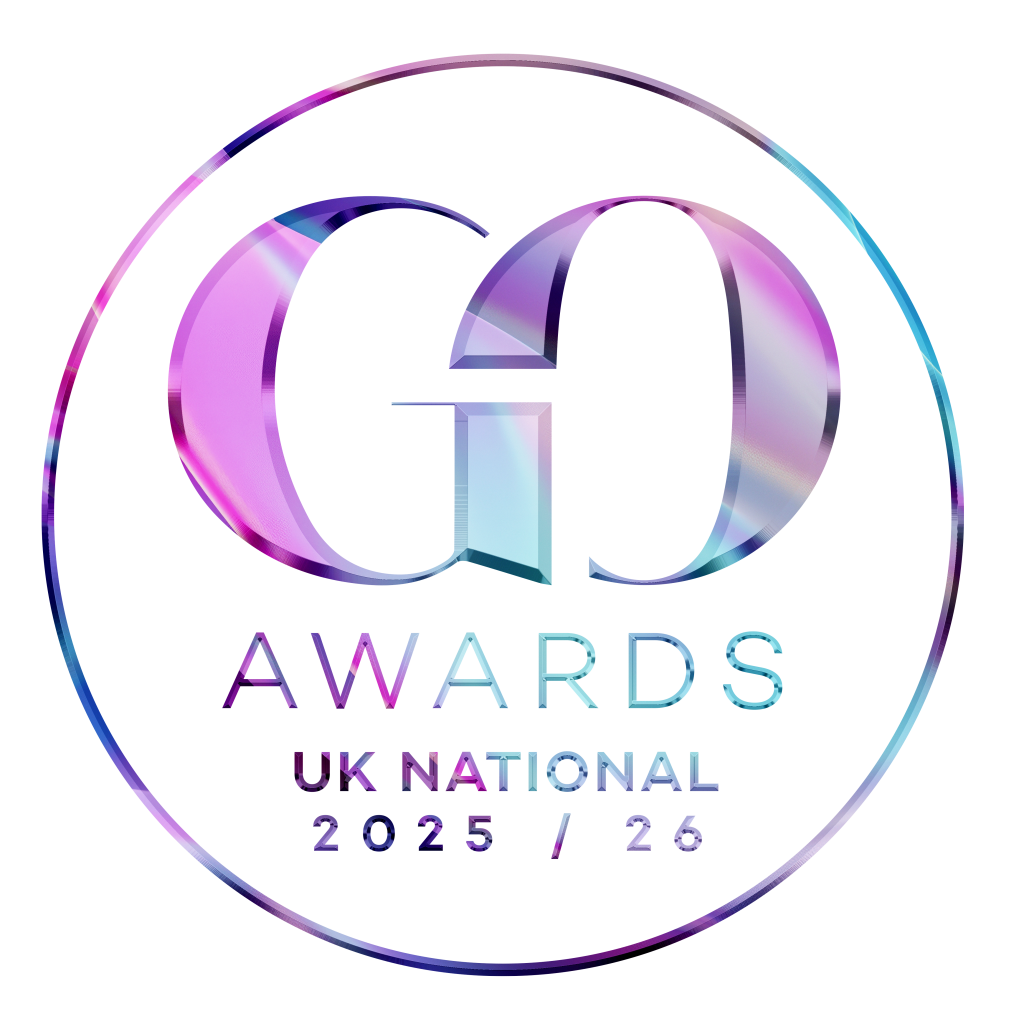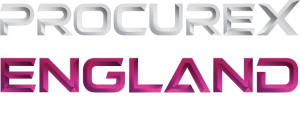Procurex England 2025 is a premier public procurement event designed to promote efficiency and innovation in procurement processes. As the world evolves rapidly and becomes more technologically driven, the sector faces increased demands, making it even more important to have the best procurement processes. On the other hand, public procurement systems face increasing pressure to provide value while improving compliance and transparency standards. Digital tools, e-procurement platforms, and data analytics are critical components required to improve decision-making, save money, and increase transparency.
Challenges in Public Procurement
Public procurement is subject to various challenges, including complex procedures, a lack of transparency, and difficulties in supplier management. Recognising these obstacles and their effect on existing procurement systems is important for developing practical solutions.
Implementing a robust change management strategy is crucial to overcoming these challenges. Training procurement professionals and adopting a comprehensive change management approach ensures that they are well-prepared to use AI tools effectively and encourages user adoption.
Complex Procurement Processes
Public procurement involves a variety of complex procedures such as contracting, tendering and compliance inspections to ensure fairness and accountability. Nevertheless, these processes can bring substantial bottlenecks, which can extend the time needed to conclude procurement activities. The procurement process can be unusually long, inefficient and significantly delayed as the procurement teams are expected to fulfil the demands and expectations of different stakeholders. The implementation of AI in these processes can help streamline operations, though it comes with challenges, such as the need for careful planning, stakeholder collaboration, and the establishment of clear goals to ensure successful adoption.
Lack of Transparency and Visibility
Transparency is vital for building public trust, but procurement systems do not always offer enough visibility into the procurement process. The lack of clear insights into supplier performance and contract management risks makes procurement risks unclear, leading to inefficiencies and diminished effectiveness. However, many existing solutions cannot meet stakeholders’ essential requirements to monitor progress and assess performance. Effective transparency allows for processes and decisions to be monitored and reviewed, ensuring accountability among decision-makers.
Difficulty in Supplier Selection and Management
It can be challenging to select the best suppliers and maintain these relationships. Manual contract management, supplier assessment, and compliance assurance procedures are prone to inaccuracy and inefficiency. Inadequate supplier relationship management (SRM) systems and inconsistent data can also lead to poor decision-making, missed opportunities to save costs, and poor supplier performance. Ensuring that any emerging information is shared with all participants helps maintain clear communication and prevent misunderstandings among bidders.
Time-Consuming and Resource-Intensive Tasks
Public procurement teams are besieged by repeated, laborious processes such as data entry, contract monitoring, and invoice processing. In addition, time and resources expended on these procedures could be used more strategically to negotiate with suppliers or improve service delivery. The key to improving operational efficiency is finding ways to automate and streamline these processes.
How Technology Can Transform Public Procurement
Governments can address public procurement problems by introducing new technologies and automating processes. Digital platforms and the automation of repetitive procedures can significantly alter procurement processes.
E-Procurement Platforms for Streamlined Processes
The introduction of e-procurement platforms has changed the public procurement business by offering centralised digital tools for managing all procurement lifecycle stages, from sourcing to contract execution. These platforms automate many procurement procedures, thus reducing administrative workloads, errors, and efficiency. They also allow procurement teams to quickly access vital procurement data, track contracts in real-time, and work with suppliers.
Big Data and Analytics to Analyse Supplier Databases
Big data and advanced analytics are changing the way procurement choices are made. With advanced analytics, procurement teams can access and analyse thousands of data points about supplier performance, industry trends, and consumer behaviour. Understanding the entire procurement process can help detect trends or predict outcomes. Machine learning algorithms can help detect patterns in historical purchasing data and market trends, enabling procurement professionals to make informed predictions and decisions that reduce risk and find ways to save money.
Automation for Repetitive Tasks and Enhanced Efficiency
Robotic process automation (RPA) automates routine operations in public procurement. Since RPA simulates human behaviour, it can perform tasks like supplier communications and invoice processing more precisely and effectively. Automation helps speed up procurement cycles and reduce human error. Besides improving efficiency, it will give procurement teams more time to focus on strategic work.
Cloud-Based Solutions for Accessibility and Collaboration
By using cloud technology, procurement teams can achieve system-wide collaboration. Cloud-based solutions enable procurement specialists to collaborate with departments and external vendors while accessing tools and data from anywhere. Cloud solutions are ideal for serving public sector organisations because they combine flexibility and scalability. They also streamline interdepartmental organisation, allowing various departments to work together effectively and efficiently.
Blockchain Technology for Enhanced Transparency and Security
Blockchain technology is widely used in public procurement because it improves security and transparency. The combination of decentralised data storage and tamper-proof transaction records enabled by Blockchain technology ensures total auditability and security for procurement procedures.
These solutions support extra security features such as fraud protection, supplier identity authentication, and contract management capabilities. Blockchain technology secures procurement processes, allowing stakeholders to build confidence and meet higher compliance standards. Additionally, different types of AI, such as Machine Learning, Natural Language Processing, and Robotic Process Automation, can be applied to optimise various procurement processes.
The Benefits of Using Technology
Integrating technology into public procurement provides numerous benefits, including lower operational costs and increased transparency in supplier management.
Improved Efficiency and Financial Savings
By optimising and automating workflows, organisations can significantly reduce the time spent on manual tasks, resulting in increased productivity and lower costs. Using digital tools in procurement enables teams to better manage resources and choose the most cost-effective approaches for resource-intensive processes.
Revolutionising Transparency and Accountability
Modern technology allows organisations to monitor activities in real-time, forming a transparent procurement process. Advanced e-procurement systems paired with blockchain capabilities provide faultless security and operational speed, transforming each transaction into a shareable and auditable document. These combined systems establish trustworthy processes through explicit tracking and reduce fraud threats to ensure honest expenditure. The ground-breaking technical solutions set higher criteria for ethical resource management while also introducing new levels of openness and accountability.
Enhanced Supplier Management and Collaboration
Digital solutions enable procurement teams to gain better insights into supplier performance, providing better control over supplier relationship management. These technologies allow for the collection and analysis of supplier data, providing a complete picture of the supplier ecosystem. Increased visibility enables procurement teams to partner with suppliers to get the best performance, negotiate better prices, and make more strategic decisions.
Minimising Mistakes and Preventing Fraud
Modern technology is revolutionising procurement by reducing fraud and virtually eliminating human mistakes. Sophisticated AI systems can continuously monitor transactions for irregularities or early warning signs of fraudulent activity, enabling prompt intervention. This proactive approach safeguards each phase of the transaction and guarantees the accuracy and dependability of procurement processes.
Empowering Strategic Decisions with Data Insights
In today’s world, data transcends mere numbers; it is a vital resource for procurement teams to enhance their decision-making processes. By leveraging advanced AI, machine learning algorithms, and analytics, these teams can analyse vast amounts of data to reveal concealed patterns and trends. This extensive data enables procurement teams to make better-informed choices regarding supplier selection and enhances their capacity to predict purchasing trends effectively. Machine learning algorithms can predict demand by analysing historical data and market patterns, allowing organisations to optimise inventory management.
Innovative Transformations: Real-World Case Studies
Estonia and Portugal are at the forefront of technological advancements that are transforming governmental procurement. Estonia, renowned for its extensive e-government framework, boasts an efficient e-procurement platform that enables citizens to easily access all public procurement documents. This level of transparency enhances accountability and fosters greater public confidence in its advanced digital identity system.
Meanwhile, Portugal became one of the first countries to enact mandatory e-procurement legislation. This resulted in a faster purchasing process and significant cost savings. However, it also introduced new challenges, such as platform fragmentation and digital signature issues, which are still being addressed. These are developing examples of how technology’s transformative power can be applied to public procurement.
Pioneering the Future of Public Procurement
Emerging technologies such as artificial intelligence, machine learning, and IoT are transforming public procurement. Procurement teams that embrace the digital revolution are on track for significant cost savings, improve supplier management, and provide unprecedented value to society.



